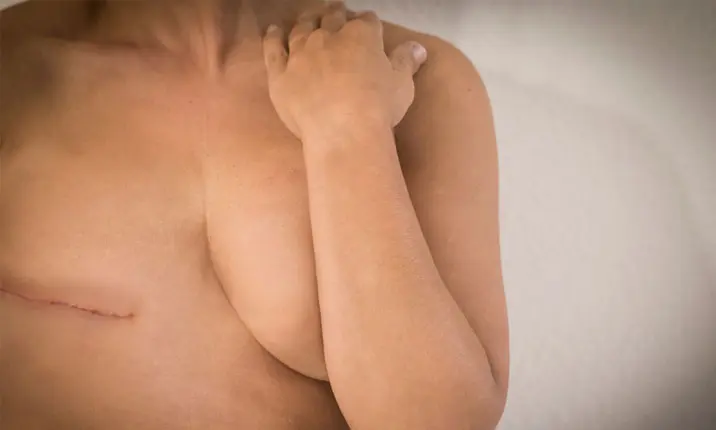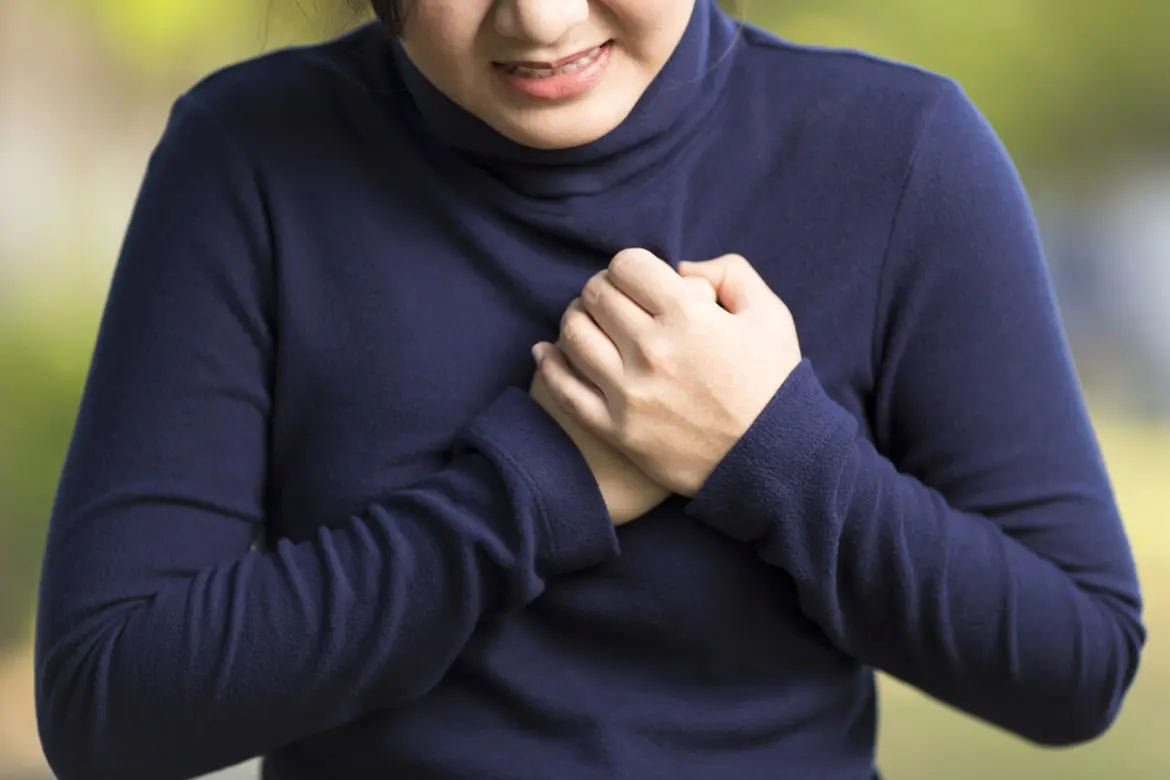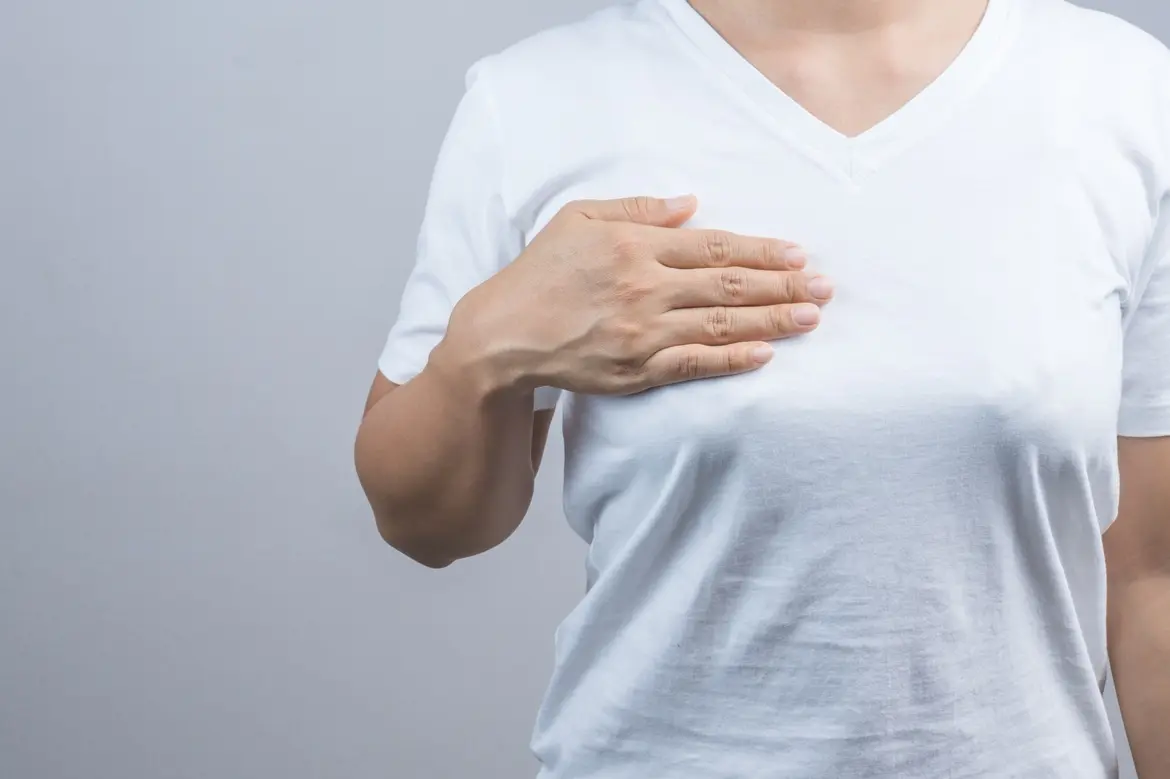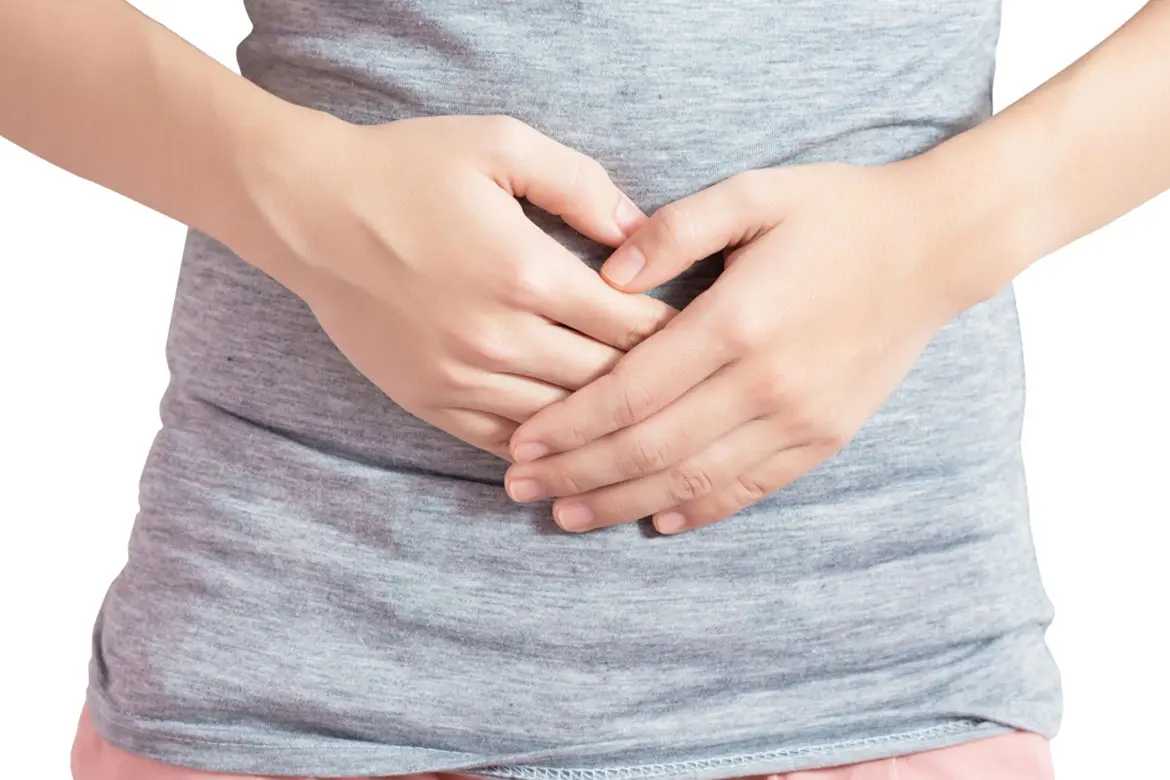-
-
Featured Care Areas


Source: Shutterstock
What is a Lumpectomy?
Last updated: Thursday, July 30, 2020 | 5 min reading time
Finding out that you’ve got a lump in your breast is worrying. Possibly devastating if it turns out to be cancer. But with advancements in modern therapy, breast cancer does not have to mean a death sentence.
What is a lumpectomy and when is it the preferred option?
A lumpectomy is a breast-conserving surgery that removes a cancerous lump in your breast. A small margin of healthy tissue surrounding the lump will also be removed to ensure all of the cancer has been removed.
It is usually the treatment of choice when the breast tumour is small, when compared to the size of your breast, and when only one area of the breast has cancer. This is followed by radiation therapy to reduce the chance of recurrence.
Would it be safer to have the whole breast removed?
Removing the whole breast (mastectomy) used to be the standard treatment in treating breast cancers, but studies spanning the last few decades have proven that a lumpectomy is just as effective at achieving cancer cure, and preventing the recurrence of breast cancer in early stage cancers. Cosmetically, it also has far less devastating results. In fact, recent studies have shown some indication that lumpectomy with radiation may achieve even lower recurrence rates and higher survival rates than a mastectomy.
However, there is a small group of patients who will benefit from mastectomy, even in early stages of cancer. These patients carry a genetic mutation which puts them at a very high risk of breast cancers in their lifetime. Like the well-publicised case of Angelina Jolie who has a BRCA mutation (mutation in either of the tumour suppressing BRCA1 and BRCA2 genes), patients with such high risks will be counselled for prophylactic double mastectomy (surgery to remove one or both breasts to reduce the risk of developing breast cancer) and reconstruction, before the cancer occurs.
Will your breasts be asymmetrical after a lumpectomy?
Yes, this is possible especially in patients who have a larger tumour to breast size ratio. This is minimised with the use of oncoplastic breast surgery techniques, which allows oncological clearance of the cancer, and utilises plastic surgery techniques to achieve better breast and nipple symmetry. Mild post-op asymmetry can be improved by lipofilling. This involves fat grafts from other parts of the body by liposuction to fill up the breast shape.
Patients with larger tumours can further opt for partial reconstruction to be done at the same time as the lumpectomy. This is usually done to improve cosmesis, which is the preservation or restoration of the body’s beauty, and symmetry after surgery. Partial reconstruction can be done by taking tissue adjacent to the breast (local tissue flaps), tissue from the back (latissimus dorsi flap), or even fatty tissue within the abdomen (omental flap).
For patients who require chemotherapy after surgery, there is a shift now towards undergoing chemotherapy early (neoadjuvant), before surgery. Neoadjuvant chemotherapy allows down-stages (to reduce the cancer stage eg. From stage 3 to stage 2) and down-sizes the cancers, allowing for a lesser extent of surgery, leading to fewer surgical complications and better cosmetic outcomes.
Are there any risks associated with a lumpectomy?
All surgeries involve some risk. You may experience some numbness or loss of sensation in part of the breast. This may or may not be temporary. There are small risks of wound infection and bleeding, or fluid build-up (seroma) in the breast.
After surgery, the tissue around where the cancerous lump was will be examined to confirm that that they are free of cancer cells. Further removal of tissue will be necessary if cancer cells are detected. The risk of this occurring is low, at about 10 – 15%.
What is recovery like?
A lumpectomy can be done as a day procedure, or as an inpatient admission. The latter will depend on the extent of surgery and whether any lymph node surgery or breast reconstruction is done at the same time.
Following discharge, your surgeon will usually schedule a review a week later.
How can you recover at home?
- Get sufficient rest. You need to rest to recover so don’t force yourself to do too much for the first few days.
- Manage the pain. You will be given pain medication and instructions on when to take them and how much to take. Take them as needed to manage the pain but do not exceed the prescribed dose and frequency.
- Wear a bra with good support. You will need to minimise movement that could cause additional pain so a good support bra worn day and night is essential.
- Continue your arm exercises. The morning after surgery, you can begin doing the arm exercises your surgeon has instructed you to do.
While the full recovery process is different for every woman, your healing time can range from a few days to a couple of weeks. There will not be any disruption to normal physical activities upon a full recovery.
Can breast cancer return?
There is always the worry that breast cancer can recur. Most breast cancers can be cured, and do not recur. However, in some cases, it does return at the same site or it can come back elsewhere in the body.
Due to this risk, all cancer patients are kept on regular follow-up and surveillance. Your surgeon will request to see you at regular intervals, which can be lengthened the longer you remain cancer free.
See your surgeon if you notice:
- A lump that doesn’t go away after your period
- A change in the shape, size or contour of the breast
- A change in the appearance of the skin on the breast or nipple, especially if it is dimpled like orange peel, puckered, scaly, red, warm or swollen
- Blood or clear fluid coming out of a nipple
If you have been diagnosed with breast cancer, discuss your options with a breast surgeon before deciding on the next steps.
Lumpectomy. Retrieved 8/7/20 from https://www.mayoclinic.org/tests-procedures/lumpectomy/about/pac-20394650.
Lumpectomy: What to expect. Retrieved 8/7/20 from https://www.breastcancer.org/treatment/surgery/lumpectomy/expectations
Lumpectomy risks. Retrieved 8/7/20 from https://www.breastcancer.org/treatment/surgery/lumpectomy/risks
Lumpectomy. Retrieved 8/7/20 from https://www.mskcc.org/cancer-care/types/breast/treatment/lumpectomy
Lumpectomy (partial mastectomy).Retrieved 8/7/20 from https://www.webmd.com/breast-cancer/lumpectomy-partial-mastectomy
Checking for breast cancer recurrence. Retrieved 8/7/20 from https://www.webmd.com/breast-cancer/breast-cancer-recurrence
Lumpectomy: What to expect. Retrieved 8/7/20 from https://www.breastcancer.org/treatment/surgery/lumpectomy/expectations
Lumpectomy risks. Retrieved 8/7/20 from https://www.breastcancer.org/treatment/surgery/lumpectomy/risks
Lumpectomy. Retrieved 8/7/20 from https://www.mskcc.org/cancer-care/types/breast/treatment/lumpectomy
Lumpectomy (partial mastectomy).Retrieved 8/7/20 from https://www.webmd.com/breast-cancer/lumpectomy-partial-mastectomy
Checking for breast cancer recurrence. Retrieved 8/7/20 from https://www.webmd.com/breast-cancer/breast-cancer-recurrence











